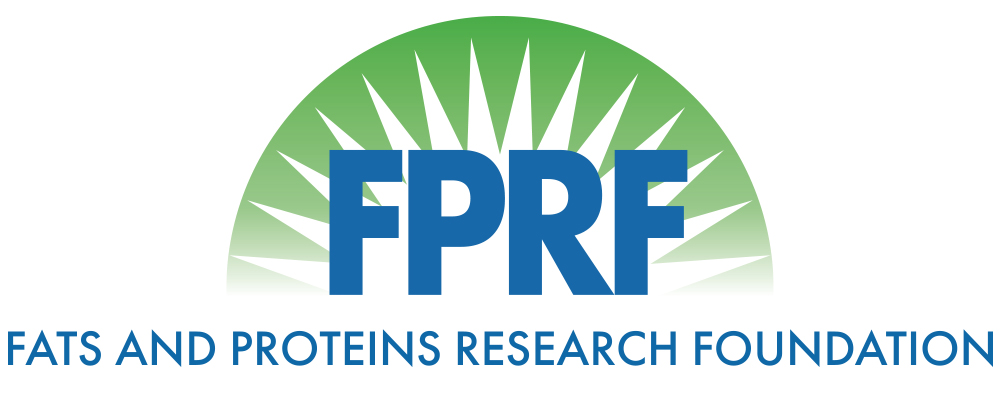Optimization and Initial Bioprocess Scaleup of Omega-3 Production from Rendered Fat
Date: September 4, 2019
Principal Investigators: Mark A. Blenner, Clemson University
Keywords: Yeast, Omega-3, Aquaculture
Summary:
The primary objective of this proposal is to engineer the yeast, Yarrowia lipolytica, to grow on rendered animal fats, and serve as a platform for the production of value-added products, including omega-3 fatty acids. This 3rd phase of the project intends to show improved titers of omega-3 fatty acids and the feasibility of using rendered fat substrates. Omega-3 rich yeast is envisioned as a replacement for fish oil in the aquaculture industry.
Objective (s): The overall objective of this project is to enable a bioprocess for converting saturated and monounsaturated animal fats into polyunsaturated fatty acids (PUFA) rich in eicosapentaenoic acid (EPA), the most important and limited omega-3 fatty acid found in fish oil. The specific objectives of this proposal are:
- Improve Omega-3 Producing Strain Titer and Yield.
- Lab Scale-Up of Rendered Fats to Omega-3.
The expected outcomes of this proposal include an optimized non-pathogenic yeast strain capable of converting rendered fats into PUFA and other oleochemicals, demonstrated in a 2L Bioreactor.
We have constructed an omega-3 producing strain that utilizes exogenous fats from rendered products to make omega-3 fatty acids. We have also identified several targets to improve EPA titers; however, we suspect additional bottlenecks limit the production and will require a substantial effort and a new project to overcome. Fortunately, funding from NOAA Sea Grant will support these studies, using plant or animal oils as substrates. Bottlenecks include cellular ER stress response due to the production desaturase enzymes or the failure to funnel stearic and oleic acid effectively into linoleic acids for EPA production. Overall, this is a promising start to creating a bioprocess centered on rendered animal products.
